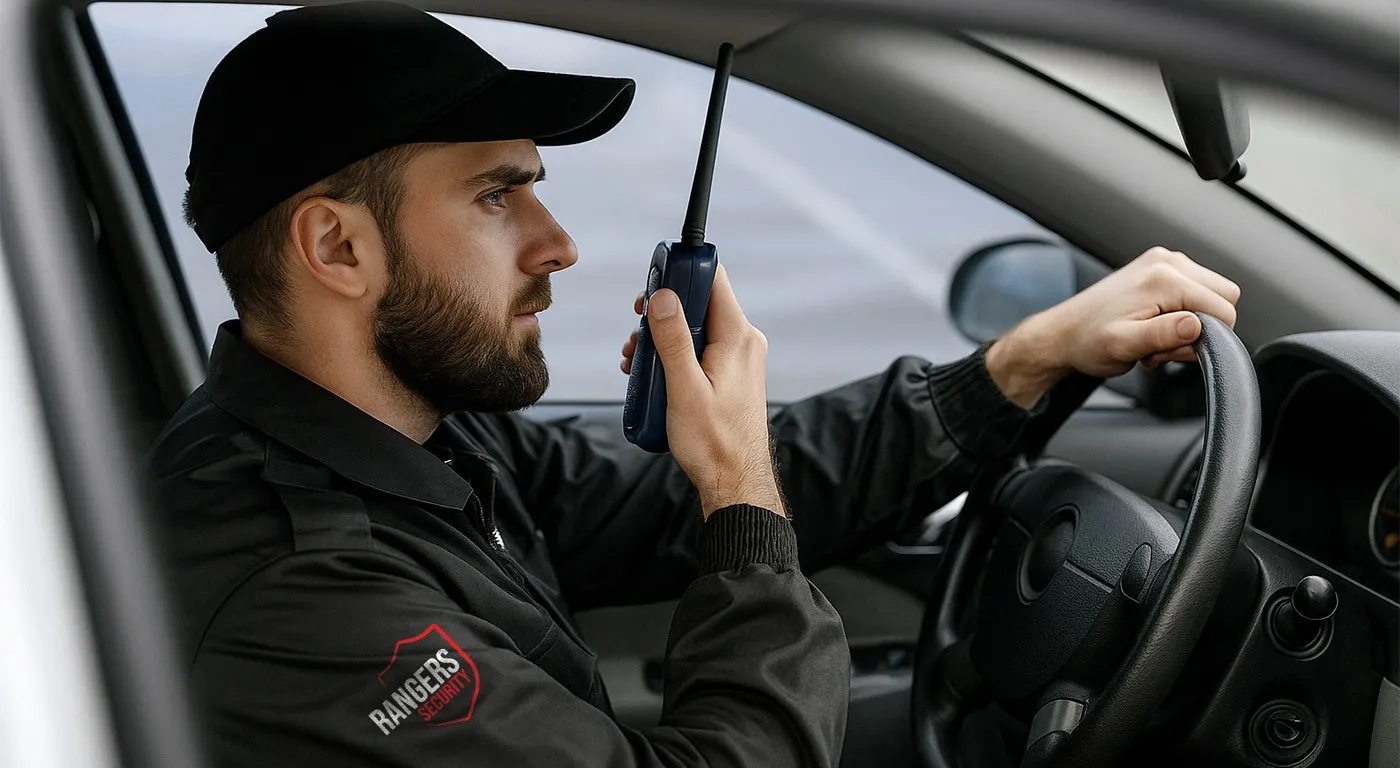
What Is a Passive Disabling Device and How Does It Work
By ADMIN
Vehicle protection technology is advancing rapidly as security consciousness grows. Among these innovations, passive disabling devices stand out as an effective way to secure your vehicle from theft. This article explores what these devices are, how they work, and their benefits in keeping your vehicle safe.
Understanding Passive Disabling Devices
A passive disabling device is a security system that automatically prevents a vehicle from starting or running without requiring direct input from the driver. Unlike active systems that need a button press or code entry, passive systems operate seamlessly in the background, providing security with minimal effort.
These devices serve as a robust first line of defense, significantly reducing the likelihood of theft by making it difficult for unauthorized individuals to start and drive away with your car.
How Passive Disabling Devices Work
The operation of a passive disabling device is straightforward: it interrupts the electrical circuit required to start or run the vehicle’s engine. Here’s how most systems function:
- Automatic Activation: When the ignition is turned off and the key is removed, the device activates automatically after a short delay (typically 30 seconds to a few minutes), requiring no manual action.
- Circuit Interruption: The device disrupts critical electrical circuits, such as:
- The starter motor circuit
- The fuel pump circuit
- The ignition system
- The engine control unit (ECU)
- Authentication Method: To deactivate the system, the user must verify authorization using methods like:
- Proximity key fobs that transmit a coded signal
- RFID tags recognized by the system
- Hidden switches known only to the owner
- Biometric systems (e.g., fingerprints) in advanced setups
- Deactivation and Normal Operation: Upon successful authentication, the system restores electrical connections, allowing the vehicle to start and operate normally, often without noticeable delays.
Types of Passive Disabling Devices
Several types of passive disabling devices are available:
Benefits of Passive Disabling Devices
These devices offer significant advantages:
- Strong Theft Protection: Deters thieves by making vehicles difficult to start, encouraging them to target easier options.
- No Action Needed: Activates automatically, requiring no effort from the driver.
- Lower Insurance Costs: Many insurers offer reduced premiums for vehicles with these devices.
- Peace of Mind: Reduces worry about vehicle theft.
- Long-Term Savings: The cost of installation is minimal compared to the expense of a stolen vehicle.
Note: The original content listed "Evidence Collection" as a benefit, which is irrelevant to passive disabling devices (related to CCTV). This has been removed.
Installation Considerations
When installing a passive disabling device, consider:
- Professional Installation: Hire professionals to conceal components effectively.
- Compatibility: Ensure the system is compatible with your vehicle’s make and model.
- Backup Options: Choose systems with alternative deactivation methods in case the primary method fails.
- User-Friendliness: Select a system that balances security with ease of use.
Final Thoughts
Passive disabling devices offer a seamless blend of security and convenience, protecting your vehicle without adding steps to your routine. Whether you opt for a basic kill switch or a smart system with GPS, these devices reduce the risk of theft significantly.
As car theft techniques evolve, investing in a passive disabling system is a smart way to safeguard your vehicle. The peace of mind from this invisible shield makes it a worthwhile addition for any vehicle owner.




